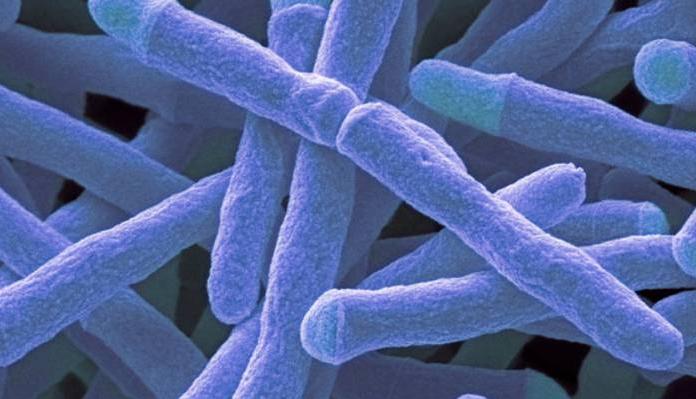|
Mycobacteria are notable for both the enduring devastation they have wrought upon human health and their bizarre, thickly stratified cell wall. One reason mycobacterial species continue to infect and kill people is that these bugs are very hard to kill with antibiotics. If we want to be able to develop more effective treatments, we need to understand why these bacteria are so antibiotic tolerant. This tolerance is, in part, due to their poorly-permeable and very highly regulated cell wall. In the Boutte lab, we study how the the cell wall works, and how it contributes to the antibiotic tolerance of mycobacteria under stress.
|
Pictures above from left to right: 1) Mycobacterium smegmatis cells expressing green-labeled RNA Polymerase and red-labeled cell division protein FtsZ. 2) The molecular structure of peptidoglycan, with enzyme cut sites indicated by arrows, and a cartoon of the peptidoglycan wall of recently-divided daughter cells in the background. 3) Colonies of Mycobacterium tuberculosis. 4) Data from a Transposon Sequencing experiment, in which the height of the bars indicates the number of transposon insertions that were recovered at that site in the genome, for four different strains. 5) Mycobacterium smegmatis cells labeled with a blue peptidoglycan stain at their growing poles, and with a green dye at their inert cell wall.
Proudly powered by Weebly

